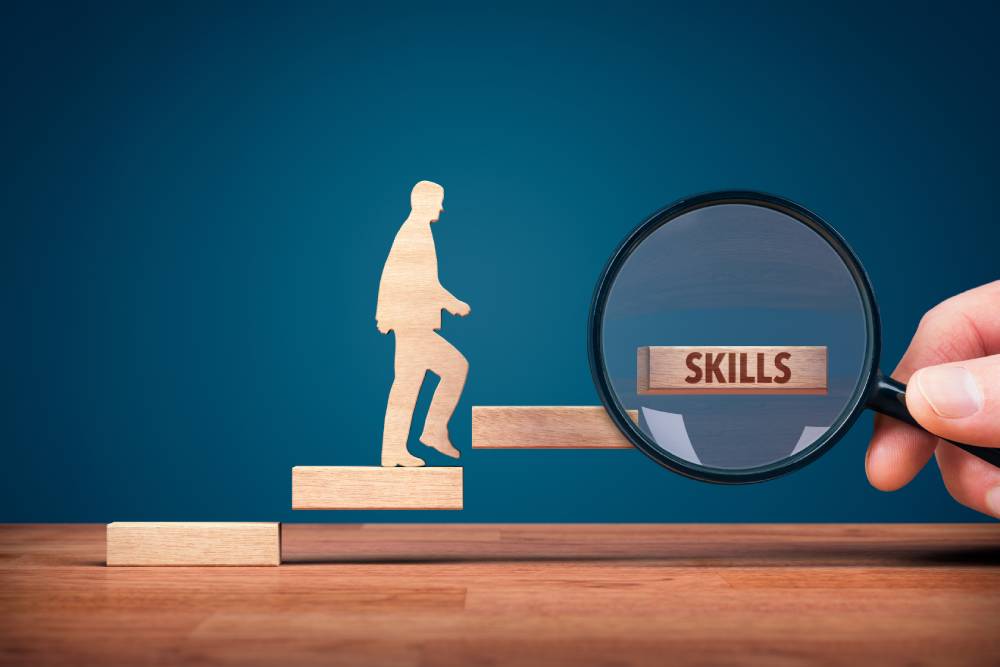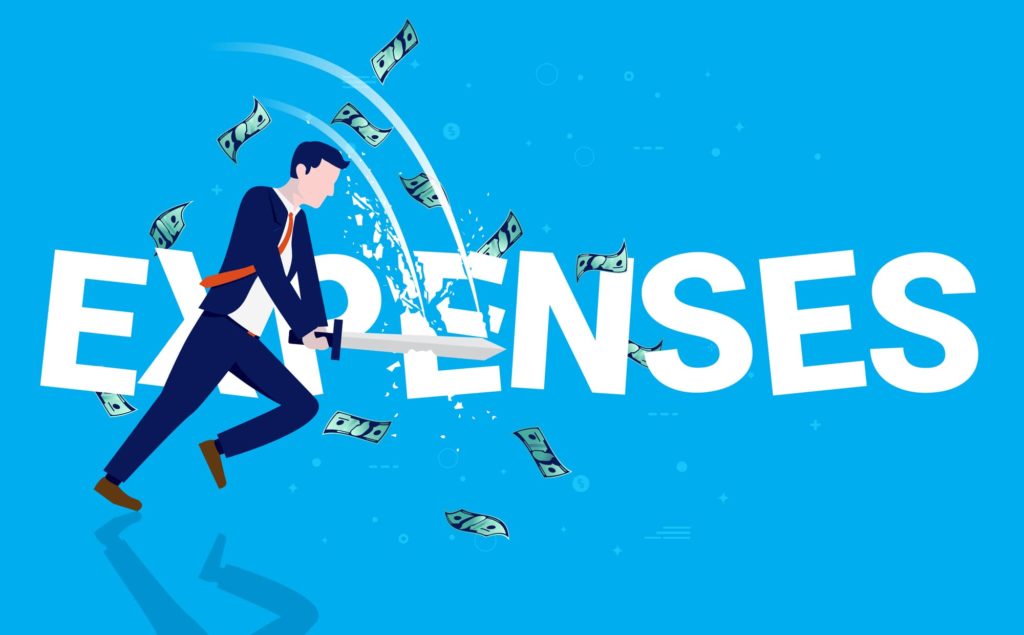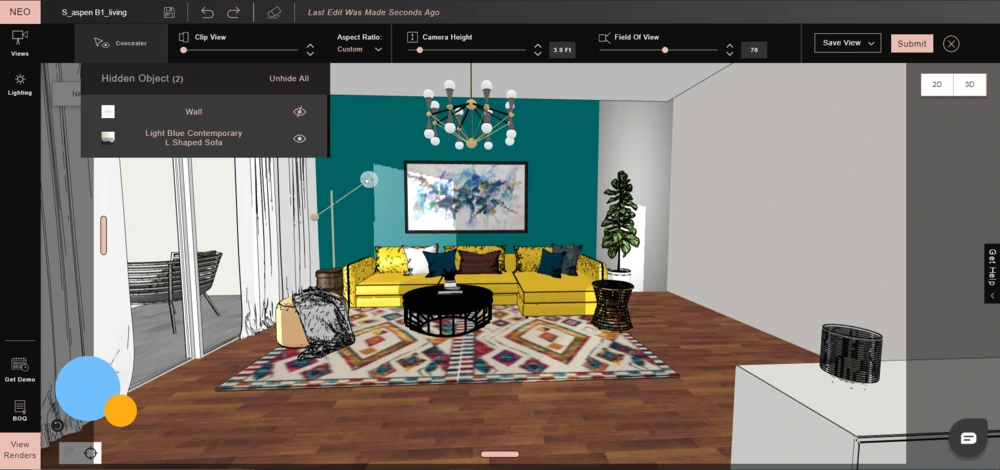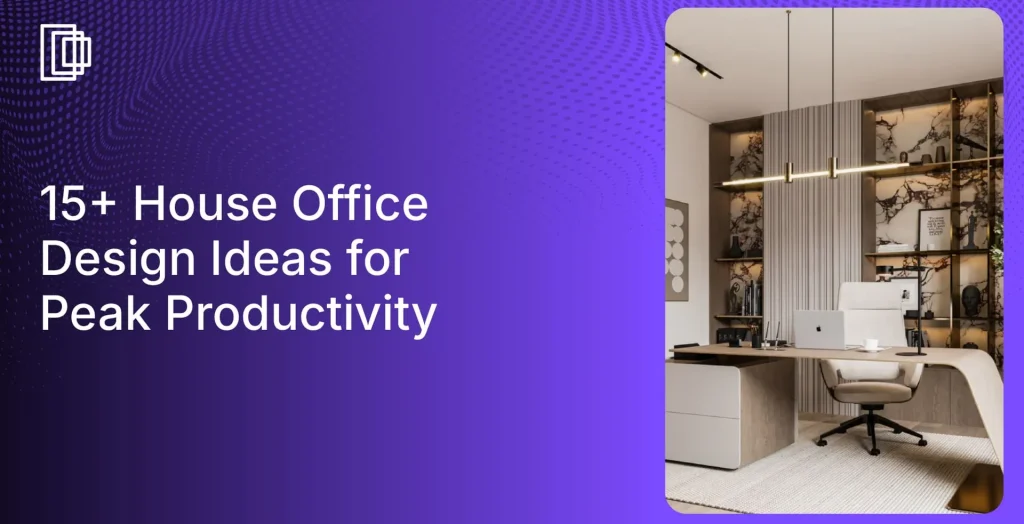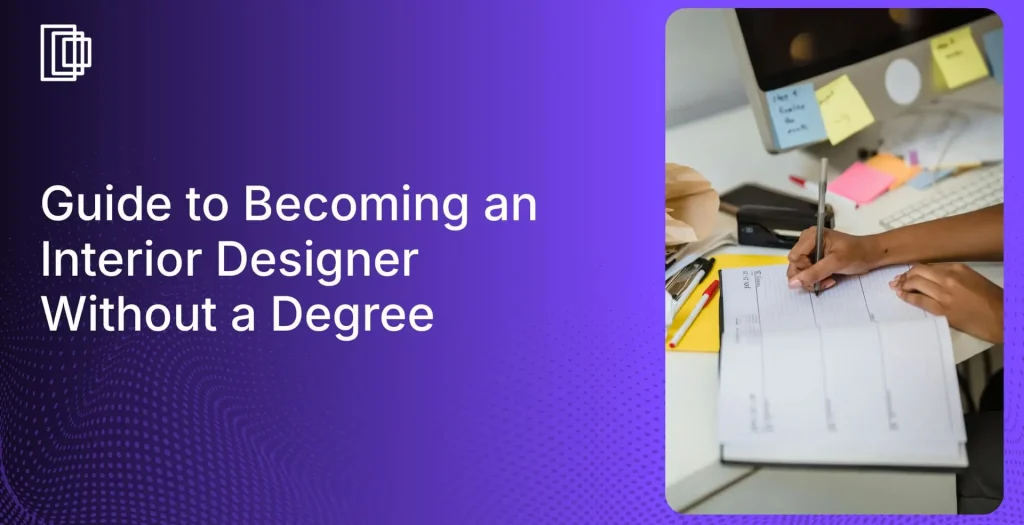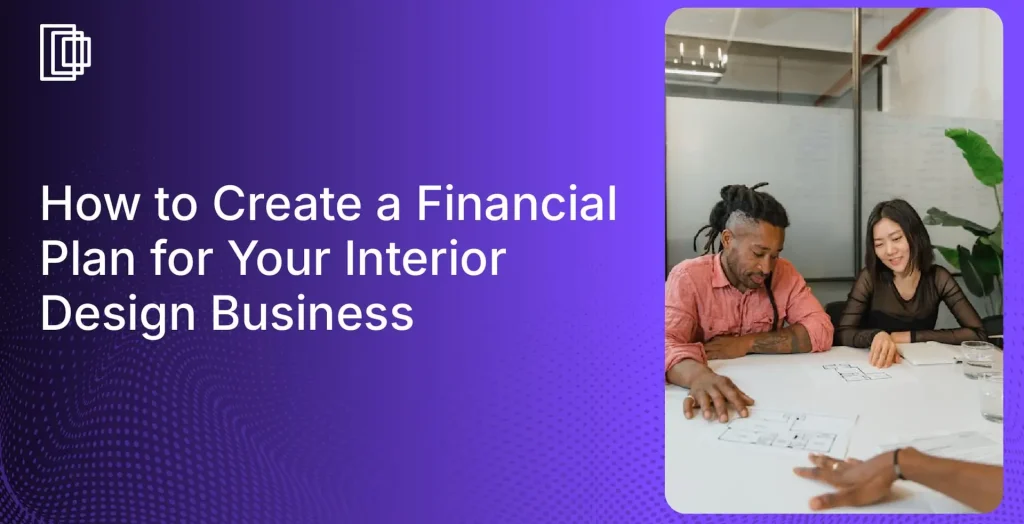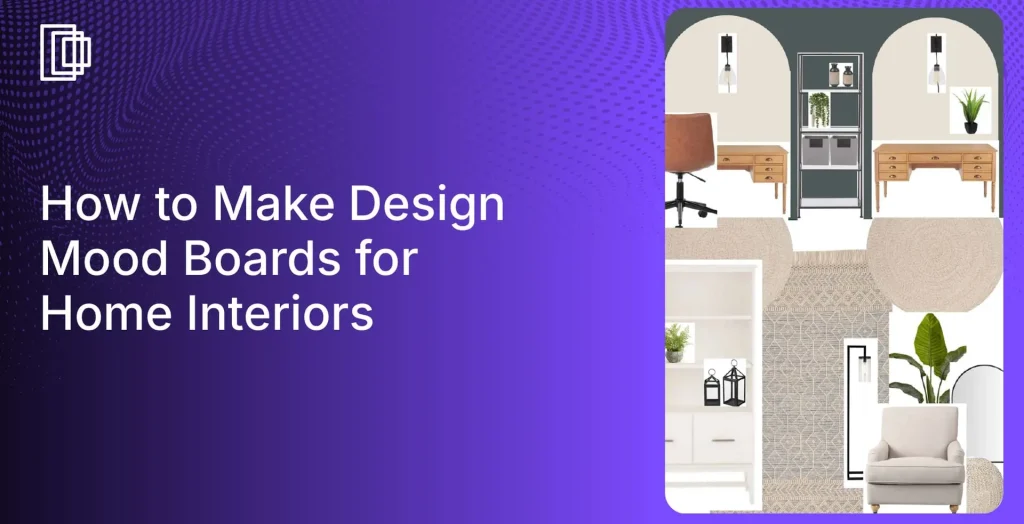Recession for Interior Designers
Economic cycles are an integral part of the business ecosystem – a phase of growth is always followed by a period of economic downturn. The year 2023 falls under the second bucket.
This year’s recession has impacted every known industry. Even though numbers say otherwise, this economic downturn has also affected the interior design industry. Many projects are put on hold, and the profitability and sales of many interior design businesses are going south.
To weather the storm and maintain a successful interior business during a recession, you must adopt proactive strategies to help them navigate the challenges ahead.
In this blog post, we’ll explore some practical strategies you can adopt to safeguard your interior design businesses, maintain steady revenue streams, and thrive in uncertain economic times. But before we understand how interior designers can prepare for a recession, let us answer two key questions that might be lingering in your mind.
Also, Read: 10 Tips To Improve Cash Flow For Interior Design Business
How a Recession Impacts the Interior Design Industry?
A recession often results in decreased consumer spending on non-essential items, such as home furnishings and decor.
During this period, consumers will prefer spending money on essential goods and services, such as food and housing, and cut back on expenses that can be avoided. This will result in reduced demand for interior design services, causing a dip in revenue and sales for businesses and freelancers operating in this industry.
Also, during a recession, interior designers will inevitably face increased competition from other similar businesses as they will offer lower-priced services to stay afloat in the market. This, again, can cause a dent in profit margins as you may also be forced to lower your prices.
Lastly, a recession can also affect the supply chain of raw materials. It may cost more to procure items due to production shortages in other industries due to the recession.
Should Interior Designers be worried about the 2023 recession?
While the above challenges may dampen the spirits of interior designers, there are reasons for optimism. Interior design is always tied to the housing market, and the real estate industry tends to be more resilient during a recession. The demand for luxury interior design services may not be high during this period, but there will be a market for affordable design services.
This recession might also present new opportunities for interior design businesses to tap into. You can explore new markets or find new services better suited to the changing economic conditions. For example, you can focus on developing environmentally-friendly design solutions(like solar-powered lights) that are more affordable to maintain for customers.
Long story short, businesses that are well-prepared and adaptable can wade through these uncertain times and emerge stronger on the other side. Let us now address the elephant in the room – how can interior design businesses prepare for recession?
Quick Read: Highest Paying Interior Design Jobs
10 Tips on How to Adapt Your Interior Design Business During a Recession
Recessions can be challenging, but with the right strategies in place, interior design businesses can survive and thrive during economic downturns. To help you stay ahead in this challenging market, here are 10 practical tips for your interior design business.
1. Diversify
Diversifying your services is the most effective way to counter the impact of the recession. The interior design industry is no different. Add more services to your portfolio so you can target a wider audience. If you have only offered physical services so far, you can offer virtual services to those you cannot meet in person.
Design coaching is another service you can lay your hands on. You can train and share your expertise on various design concepts, decorating ideas, and styling tips with other budding interior designers for free.
Consider offering different packages to suit a variety of budgets. For example, you can offer a consultation-only package for clients who need some guidance or a full-service package for clients who want you to own the entire lifecycle of designing. This is a great way to attract a broader range of clients and increase your revenue streams.
Relevant Read: How To Create Interior Design Packages for Your Business?
Image Credit: pinpointtalent.com
2. Go environment-friendly
Sustainability has always been a selling point for many businesses, especially during a recession. Why? Because sustainable design solutions prioritize cost-effectiveness and resource efficiency, the need of the hour during an economic downturn when everyone is looking to save some money.
Sustainable designs and products are long-lasting, which means clients need not replace or repair them frequently, leading to long-term savings.
As the effects of climate change are becoming more and more apartment, people are constantly finding ways to reduce their environmental impact. You can appeal to these people. Try adding eco-friendly materials and energy-efficient design solutions to your services and market them.
Recommended Read: 10 Ways To Create Eco-friendly Interior Design
Image Credit: homerenoguru.sg
3. Establish your presence everywhere
We have already established that clients are more cautious with their spending during an economic downturn. This means they are going to do a lot more research and consider multiple options before picking an interior design business for their needs. Unless you cement your presence and stay visible in the market, your business will never be on top of their minds while making a decision.
The simplest way to establish your presence is by leveraging social media platforms like Instagram, Facebook, and Pinterest. Showcase your work extensively on these platforms for others to see.
Another way is to focus on content marketing. Continuously churn out valuable content, such as blogs, e-books, infographics, etc., to establish yourself as an authority in the industry. You can invest in advertising if you have the budget.
Suggested Read: 23 Best Ways To Market Yourself As An Interior Designer
Image Credit: pixabay.com
4. Reevaluate your pricing plans
Altering your plans during an economic downturn can be a smart move to stay competitive and attract new clients. When you lower your prices or offer more attractive pricing plans, you can attract new clients looking for interior design services on a tight budget.
You can also retain existing clients by offering discounts and getting them to come back for future projects. In short, by changing your pricing plans, you will attract a larger volume of clients and improve your overall revenue.
Research your competitors’ pricing plans thoroughly and adjust your rates accordingly. But do not lower your prices too much. It could devalue your services. Consider offering bundled services or packages to increase your revenue.
Also, Read: – How To Stop Losing Money in Interior Design Business?
Image Credit: depositphotos.com
5. Invest in your skills
By investing in new skills, you can expand the range of services you offer clients. This means you will be more attractive to potential clients and help you stand out in a crowded marketplace.
By learning new skills, you will be able to add more value to clients and thus charge higher rates. Clients will be willing to pay more for someone with more expertise.
Start by taking an inventory of your current skills. Identify areas where you may need to catch up. Prioritize them and consider taking courses or attending conferences on that topic. This will also help you stay up-to-date with the latest industry trends and techniques.
Image Credit: thehrdigest.com
6. Focus on high-value clients
High-value clients are those who are willing to invest more in their homes and prioritize quality over price. When you focus on these clients, you not only enjoy a better ROI on your services but also build a stronger reputation in the industry.
High-value clients are always looking for a personalized experience and attention to detail. So while working with them, you must take the time to understand their needs. This also gives you a great opportunity to pitch your premium services like antique furniture design, luxury finishes, bespoke decor items, etc.
Suggested Read: 10 Passive Income Ideas for Interior Designers
Image Credit: attenvo.com
7. Build relationships with vendors and suppliers
When you build strong relationships with your industry’s vendors and suppliers, you get access to high-quality materials at better prices. This is particularly useful during an economic downturn when your coffers are low.
Your goal must be to build clear communication channels and maintain regular contact with them. Staying in touch with them will also help you gather valuable info about new products, pricing changes, and delivery schedules.
Developing a reputation for reliability and integrity with them is also important. Remember always to be willing to compromise when necessary with the vendors.
Quick Read: 10 Best Client Management Tips for Interior Designers
Image Credit: pinterest.com
8. Reduce expenses
Reducing expenses during an economic downturn can help maintain profitability and ensure your business stays afloat. You can also avoid the need to raise your prices, which can be a difficult conversation to have with clients and potentially lead to lost business.
By cutting down expenses, you are also effectively building a sustainable model for the long run, and you will be better equipped to handle future economic downturns.
Start by auditing your expenses and finding out where you can cut costs. Try negotiating with suppliers for better prices or payment terms. If required, consolidate your purchases from suppliers for better prices. You can also outsource tasks and reduce non-essential expenses such as travel or office expenses.
Also, Read: Guide To Profit Margins for Interior Design Businesses
Image Credit: guthriefcu.org
9. Develop a referral program
Referral programs are all about incentivizing existing clients to bring new business to you. This is one of the most cost-effective ways to generate leads and expand your client base during an economic downturn.
By rewarding current clients with referrals, you not only encourage them to spread the word about your business but also show your appreciation for their loyalty. This can lead to a stronger relationship with your existing clients and potentially lead to repeat business from them as well.
While developing the program, it’s important to create clear guidelines and incentives. Incentives could include discounts on future services, exclusive gifts, or even cash rewards after every successful referral. Communicate the incentives clearly to all your clients and get them to participate.
Don’t forget to track the success of your referral program by measuring parameters like the number of referrals, revenue generated from new clients, etc. This will help you course correct in case the numbers are not good.
Related Read: 10 Powerful Networking Tips for Interior Designers
Image Credit: sanity.io
10. Leverage technology
During an economic downturn, technology is your biggest ally. And the best way to use technology to your advantage in an interior design business is by adopting virtual design tools like Foyr Neo.
Foyr Neo can generate realistic views of your design concepts so your clients can better understand the design language. Using it makes your entire workflow streamlined, reducing the need for creating physical samples and mockups.
The advantage of clear visualization is that you can make any necessary design changes before the project starts. This saves your team time and reduces wastages during last-minute design changes by the client. And time and cost are your biggest foes during a recession.
Image Credit: foyr.com
How Can Interior Designers Stay Ahead of Uncertain Times?
Now that you have the answer to the question on how can interior designers prepare for recession, its time for action. While economic uncertainty can slow down interior designer businesses, you can take proactive steps to prepare for these times. Follow the tips mentioned earlier to not only wade through these turbulent times but also come out of them with success.
Partnering with Foyr Neo can be particularly useful during an economic downturn. Your clients will get a more realistic view of their design concepts. You can streamline your workflow, and reduce overall costs. Together, you can remain committed to providing exceptional service to clients during the recession of 2023 and beyond.
FAQs
1. How can interior design improve the efficiency of space?
Interior design businesses can improve the efficiency of space by smartly planning for storage, optimizing furniture placement, and using multi-functional furniture. They must also consider the size, shape, and functionality of the space and then create a layout that maximizes open space and provides ample room for movement.
2. What are the biggest challenges of being an interior designer?
Some common challenges most interior designers face include managing clients’ expectations and staying up-to-date with the latest design trends and technologies or running the risk of becoming obsolete in the crowded market. Economic downturns can result in a decreased demand for interior design services, making it more difficult for designers to secure new clients and maintain a steady income.
3. How do interior designers keep up to date?
Interior designers can keep up to date by participating in ongoing education and training programs. This is the best way to learn new skills and techniques and stay current with industry standards and best practices. They can also attend industry conferences and trade shows to learn from others in the same industry. But most designers these days stay informed through online resources, such as design blogs, social media platforms, and online design communities.
4. How can interior designers improve?
Besides attending training programs and learning through online materials, interior designers can improve by developing a strong understanding of their client’s needs and preferences, honing their project management skills, and building a strong personal brand.







